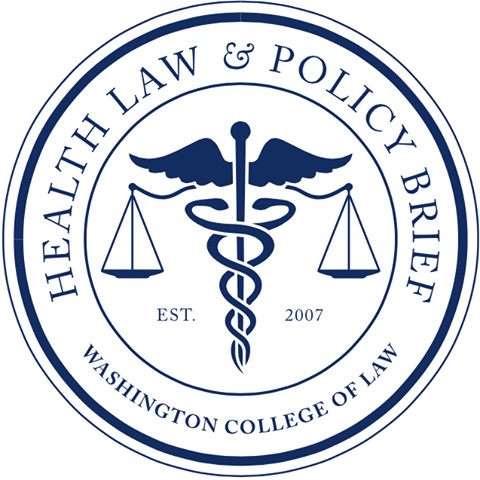2020 has undoubtedly become the year for telemedicine. The COVID-19 pandemic has created unprecedented demand for virtual visits to support the continued need for timely, safe care while avoiding in-person contact. By offering many ambulatory care services, telemedicine protects both patients and healthcare providers by reducing possible exposure to COVID-19. Federal policymakers temporarily relaxed regulations that impede telemedicine utilization and expanded Medicare coverage of remote appointments to encourage this shift, which is so popular among patients and providers that the technology changes may become permanent. Yet, despite these efforts, some patients continue to face barriers to telemedicine due to disparities in digital access and “unread[iness]” to use the requisite technology. As policymakers consider permanent use of telemedicine, they must address these barriers to ensure that those with much to gain from virtual care are not left behind.
The amended rules implemented by policymakers made telemedicine visits easier to obtain, but also assumed that individuals have access to technology that enables home video visits. According to an August study of Medicare beneficiaries, 26.3% of beneficiaries (approximately fifteen million people) had neither a home computer with a high-speed internet connection nor a smartphone with a wireless plan, making telemedicine video visits unlikely for those individuals. Furthermore, this technology gap disproportionally impacts low-income individuals, persons eighty-five years or older, and people of color—all of whom form a vulnerable population in terms of their health and economic characteristics. The ability of individuals in these groups to access care was already a concern pre-COVID, and the shift to a virtual system may widen existing disparities in access to care. One solution from a study authored by Health Policy Researchers at the University of Pittsburgh and Harvard Medical School, proposed to expand the Federal Communications Commission’s Lifeline program, which provides phone or internet service at a reduced-cost. Lowering the cost of virtual care, however, will not be enough. As telemedicine utilization rises, the issues contributing to the technology gap must be addressed.
Even if the technology gap was mitigated, there are additional barriers that may prevent a person from engaging with telemedicine. The ability of some individuals to use telemedicine enabling technology prevents many people from accessing virtual care. To have a successful video visit, individuals need to know how to get online, use audiovisual equipment, and communicate without in-person social cues. A study conducted by medical researchers affiliated with the University of California, San Francisco indicated that, of Medicare beneficiaries age sixty-five and older, 38% of these individuals were “unready” to have video visits, largely stemming from inexperience with technology, and 20% were “unready” due to difficulty hearing, difficulty communicating, or dementia. Similarly, this accessibility gap disproportionately impacts people of color, low-income individuals, and persons eighty-five years or older.
Live closed captioning during virtual visits and digital literacy programs during may help make telemedicine more accessible. Recognizing the need for accommodations in virtual visits is crucial to safeguarding equity in the telemedicine boom. Telemedicine will likely become an increasingly important aspect of health care delivery as the COVID-19 pandemic continues. By developing policies that recognize and bridge the digital divide, policymakers would ensure that the virtual migration does not worsen existing disparities and inequity in health care and improve access to telemedicine.
